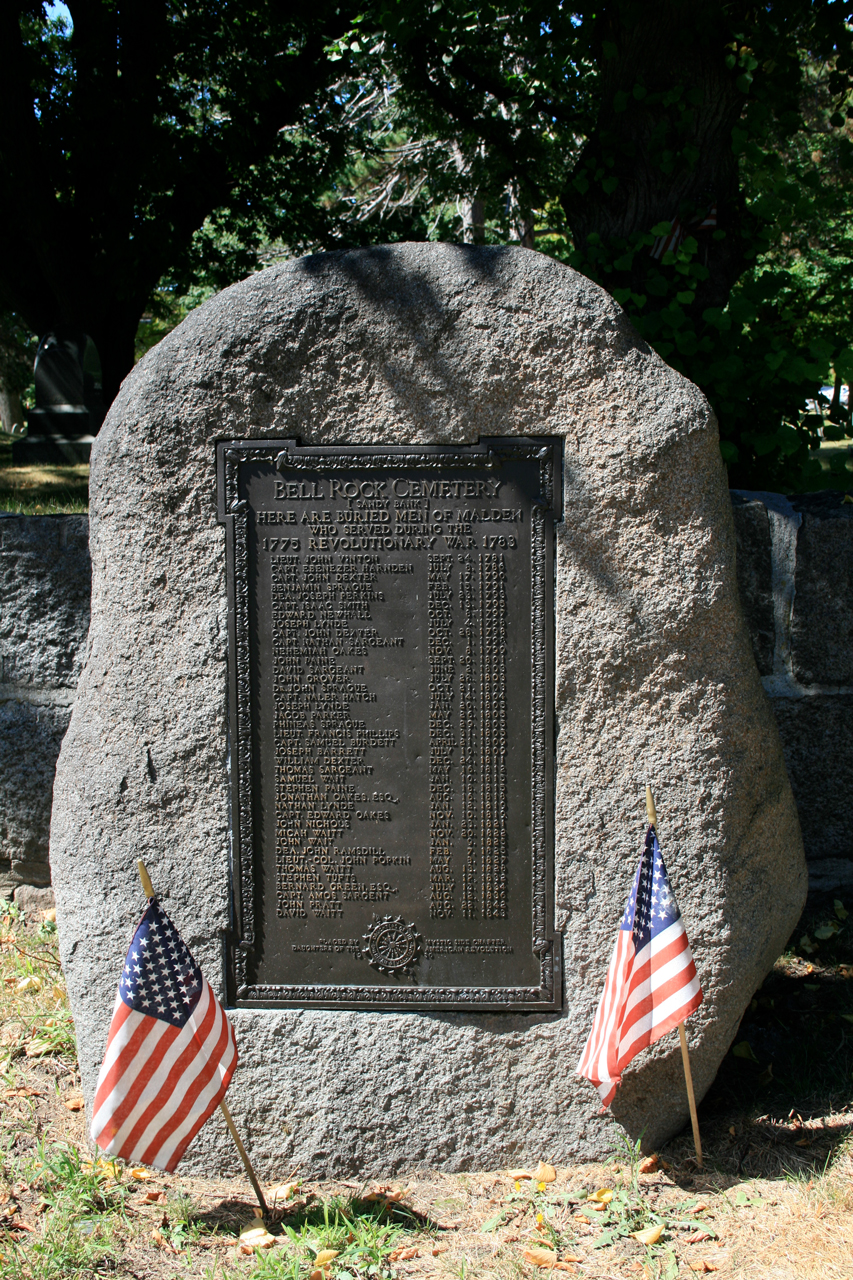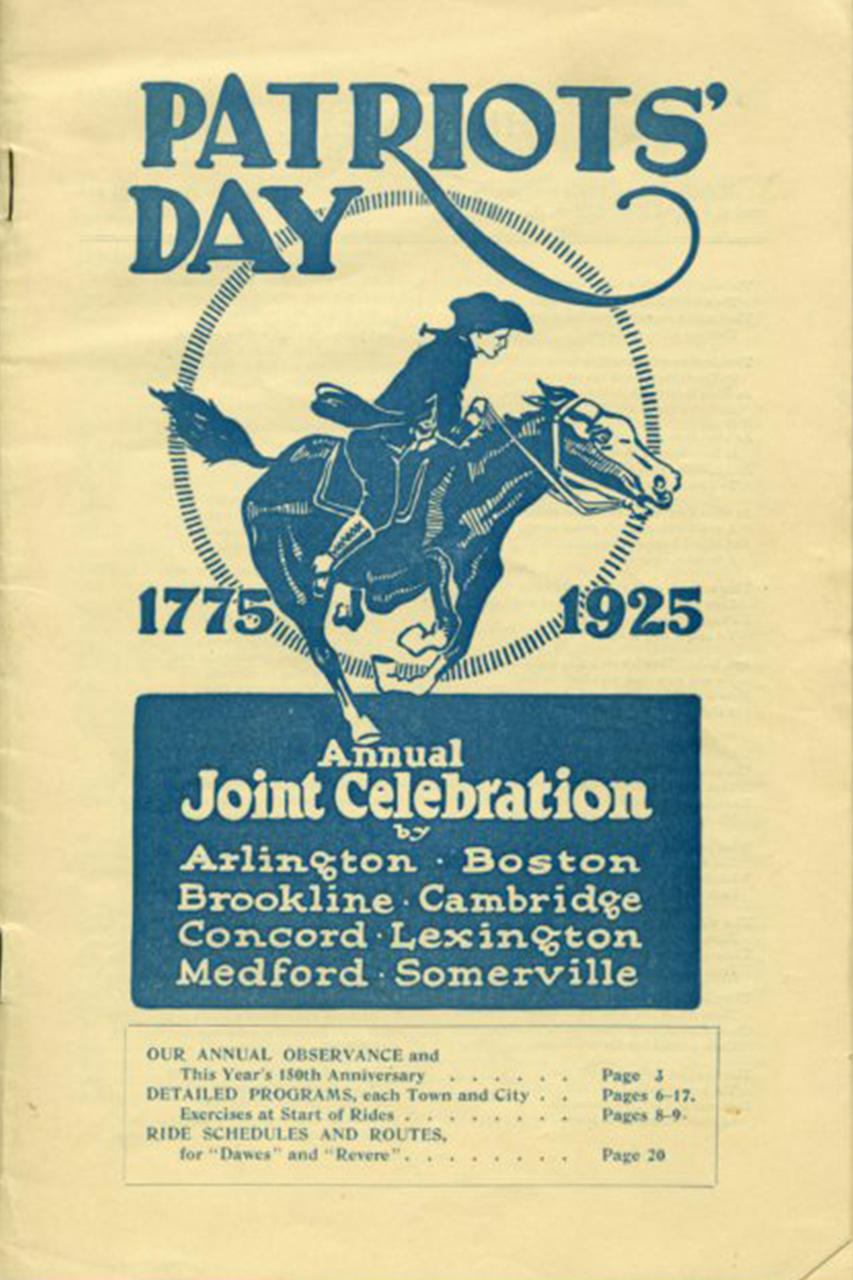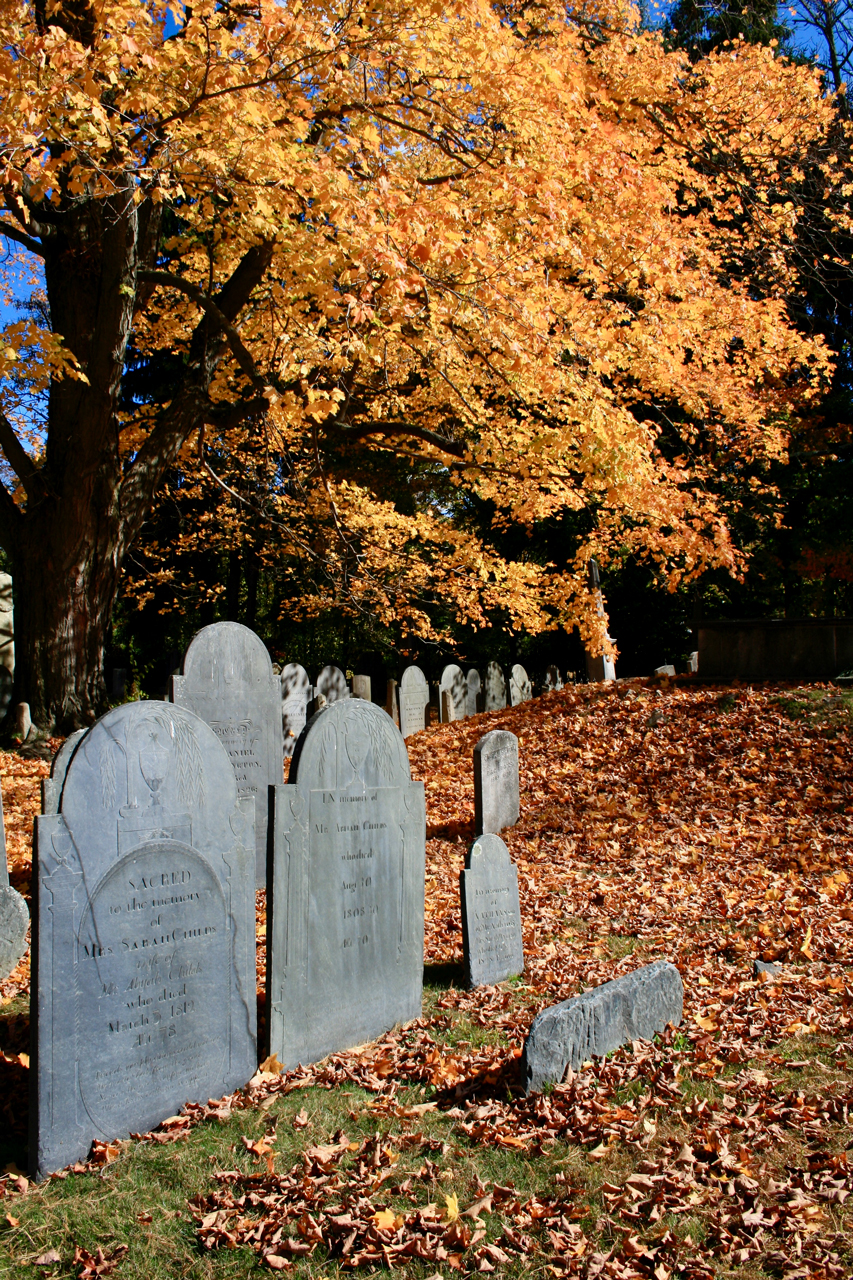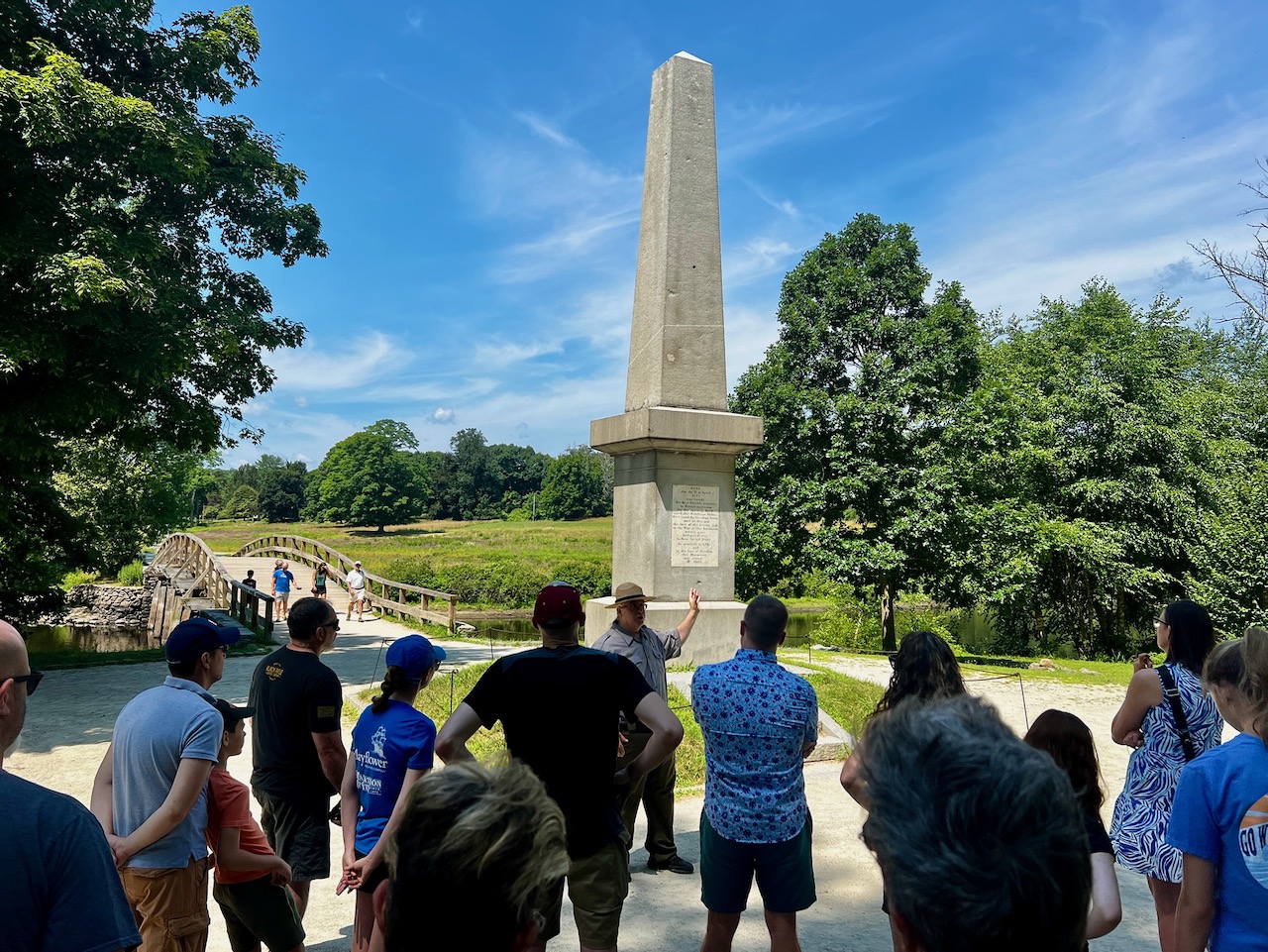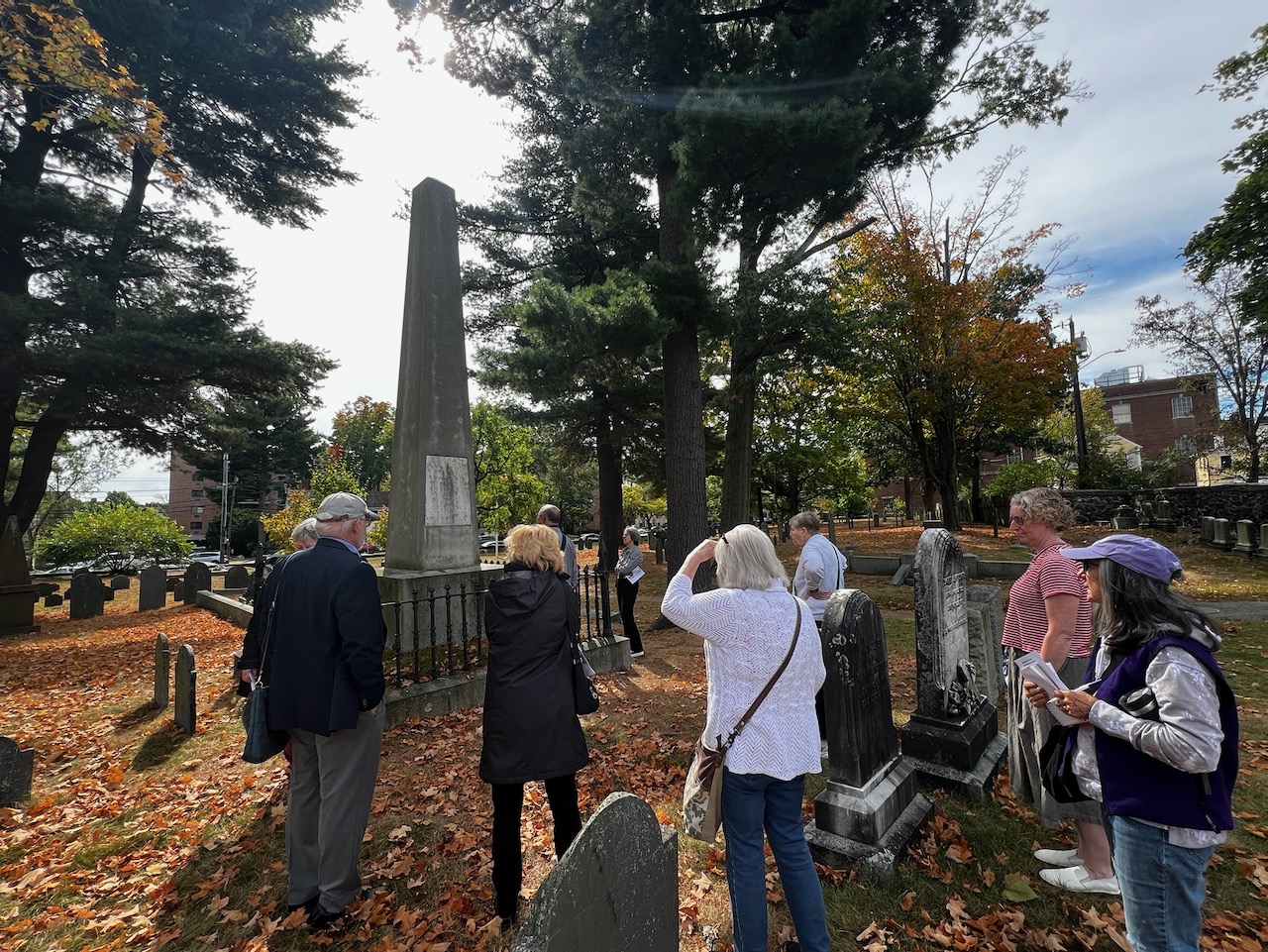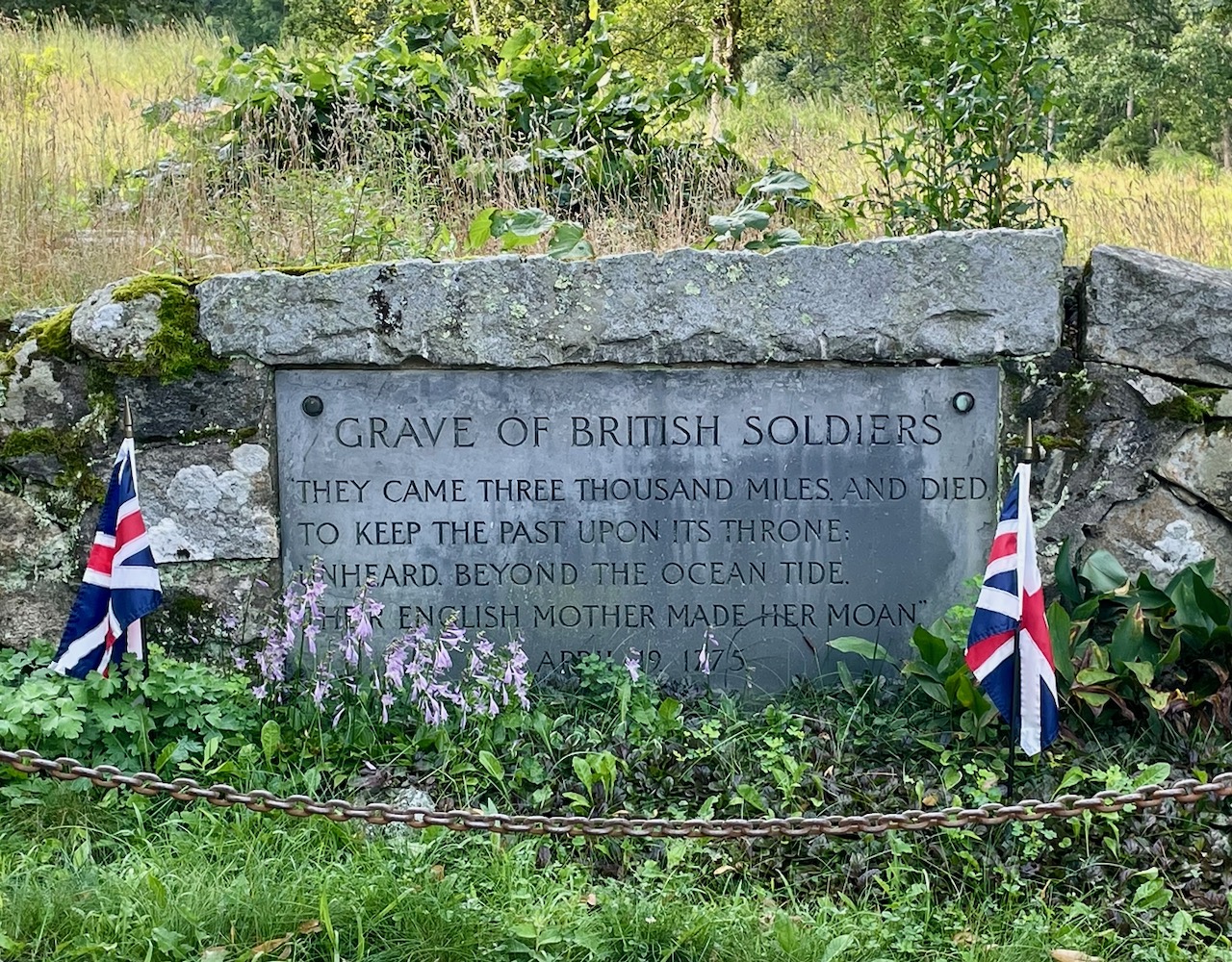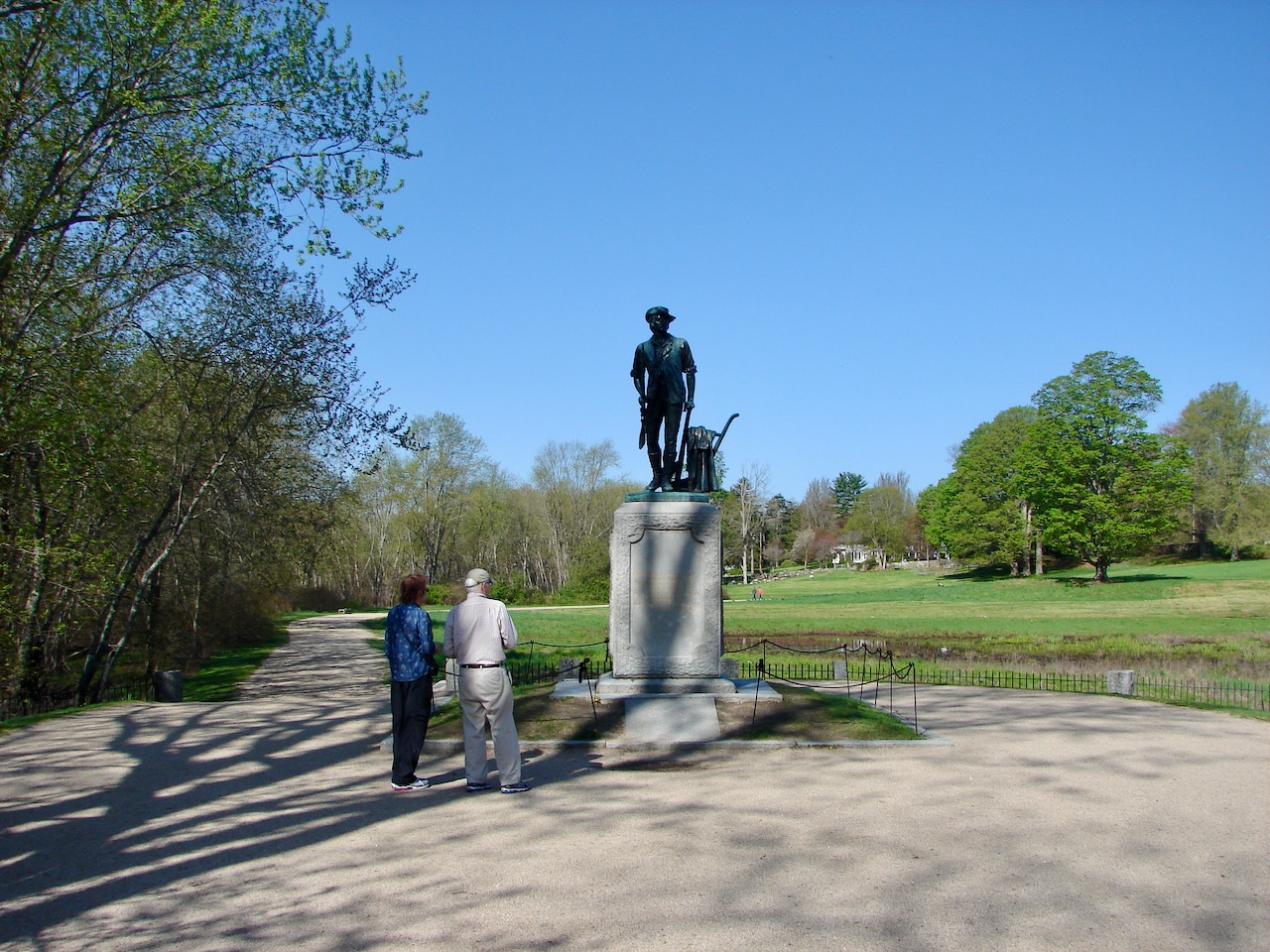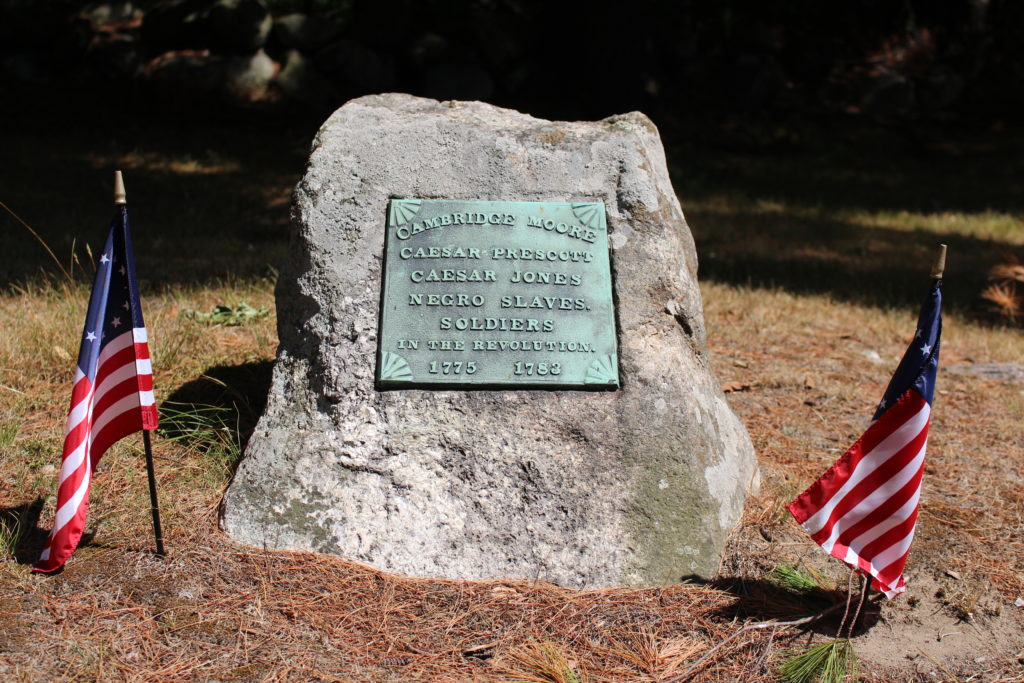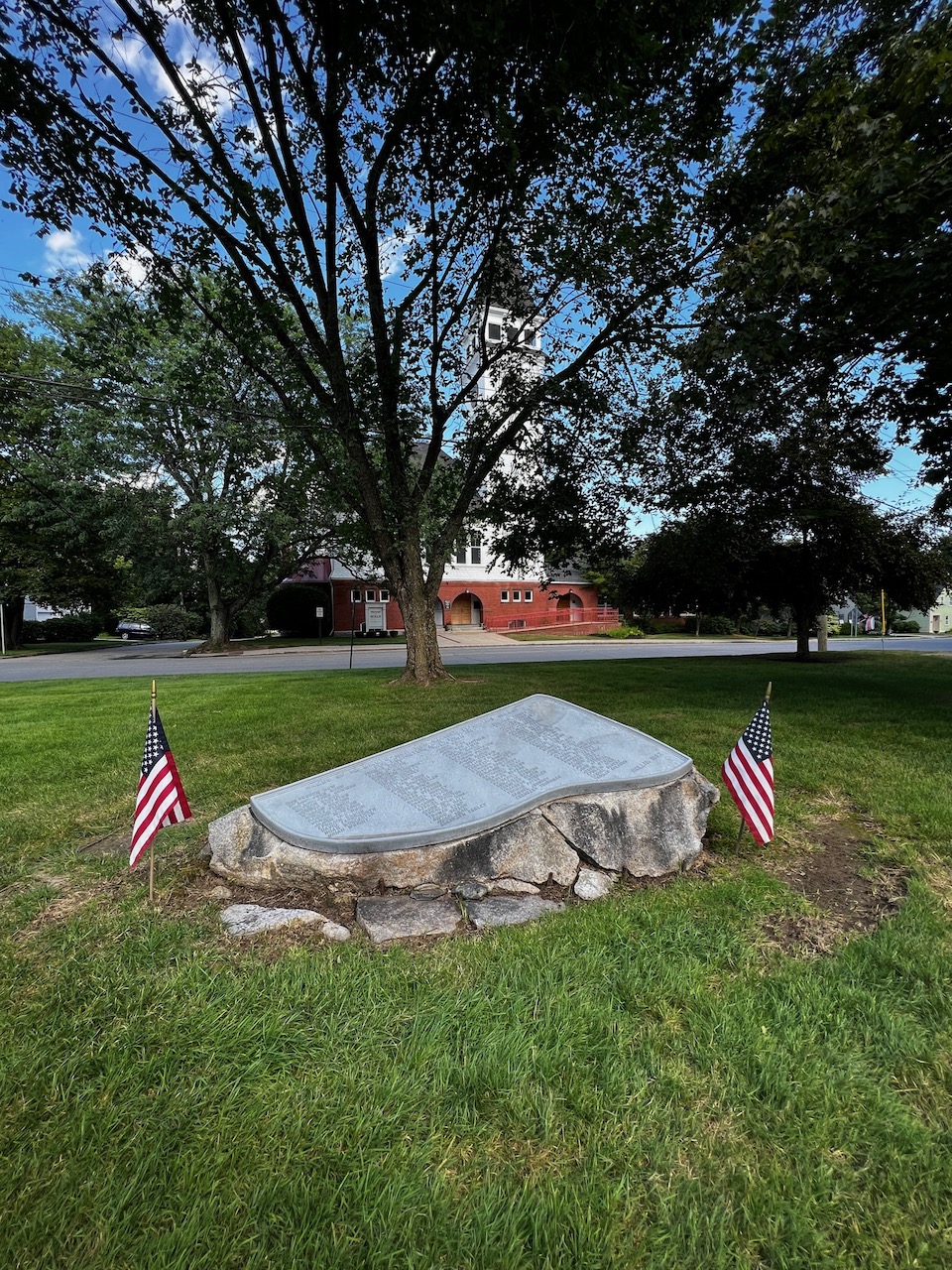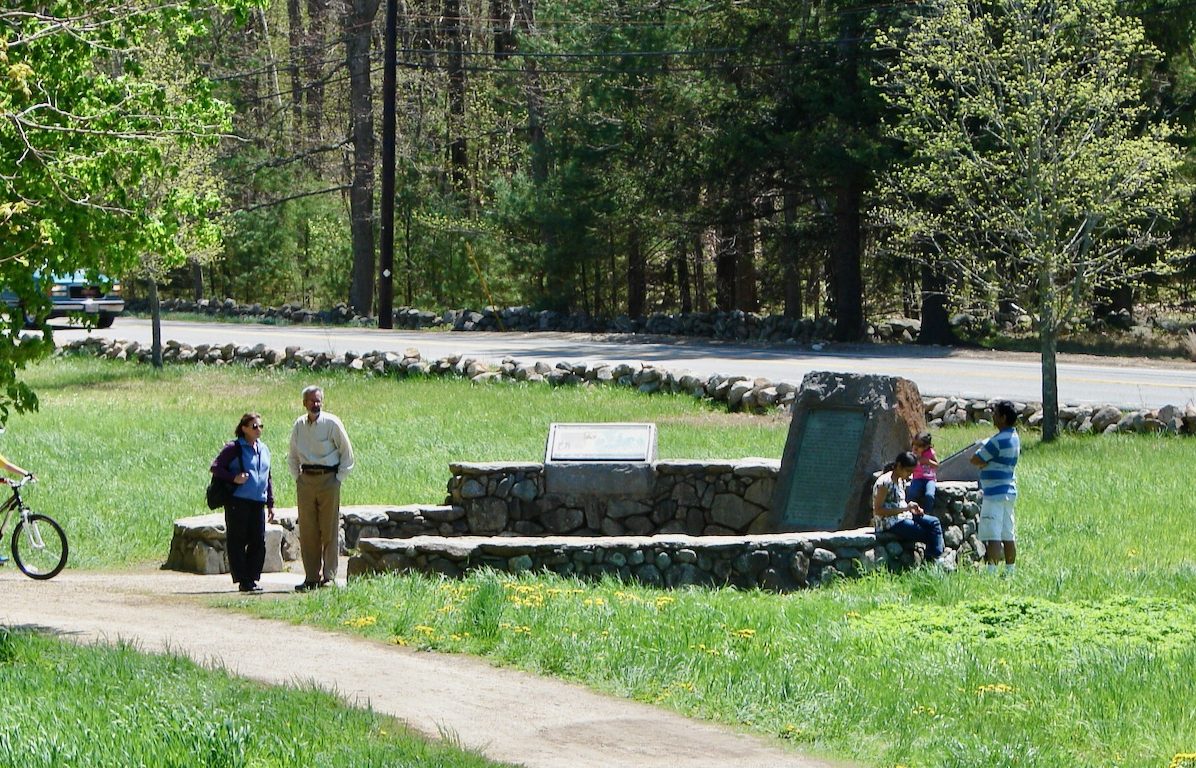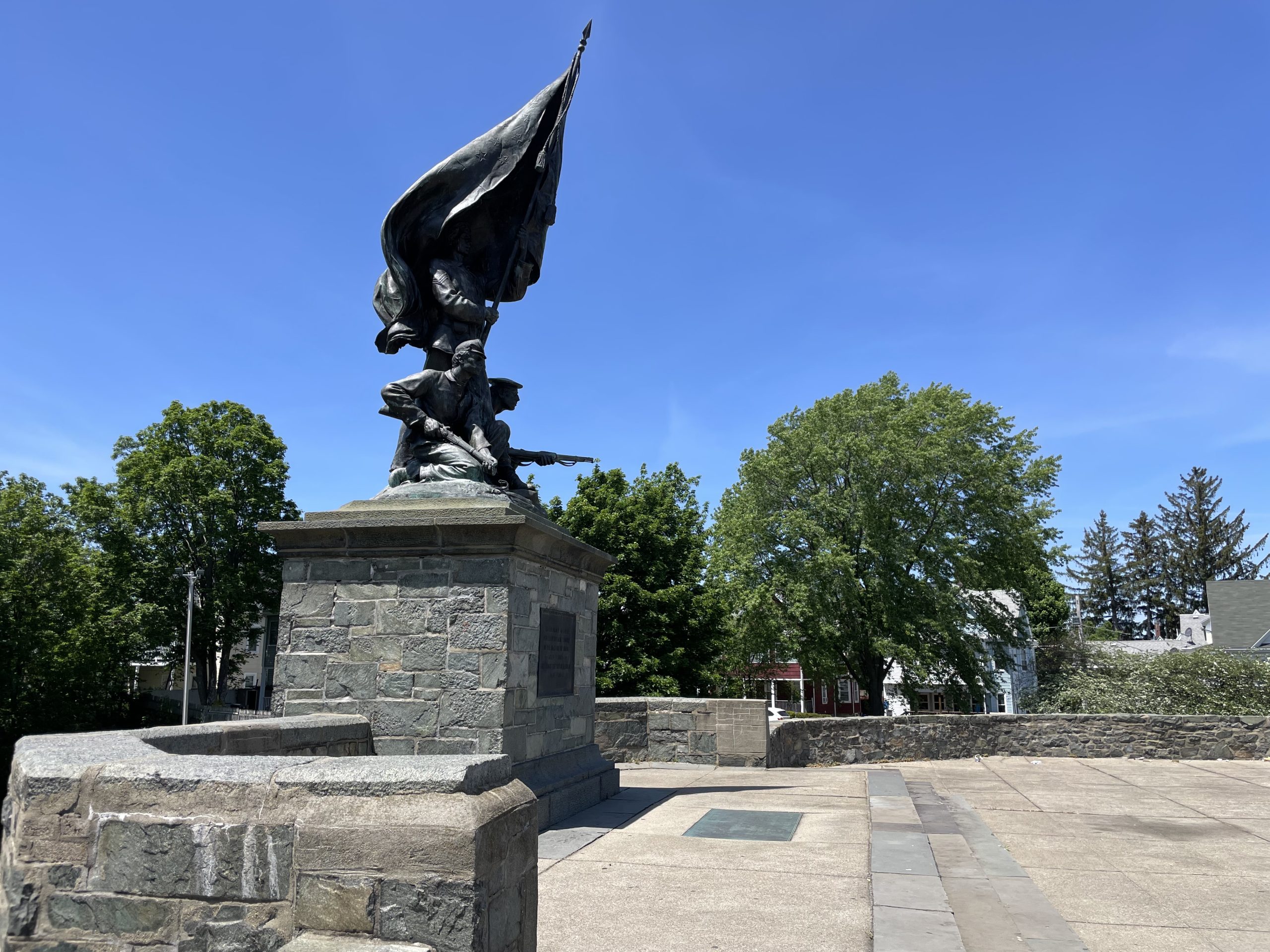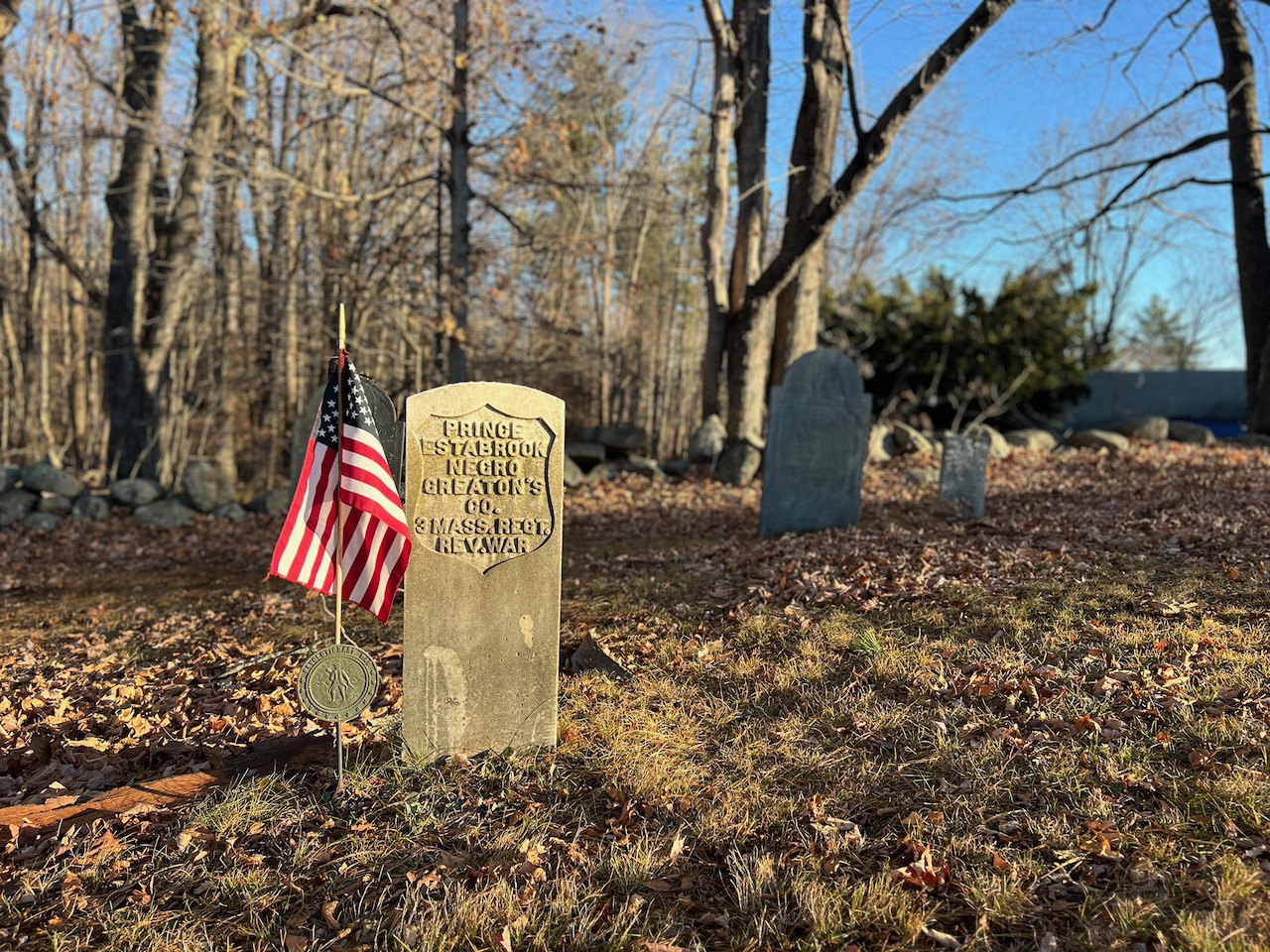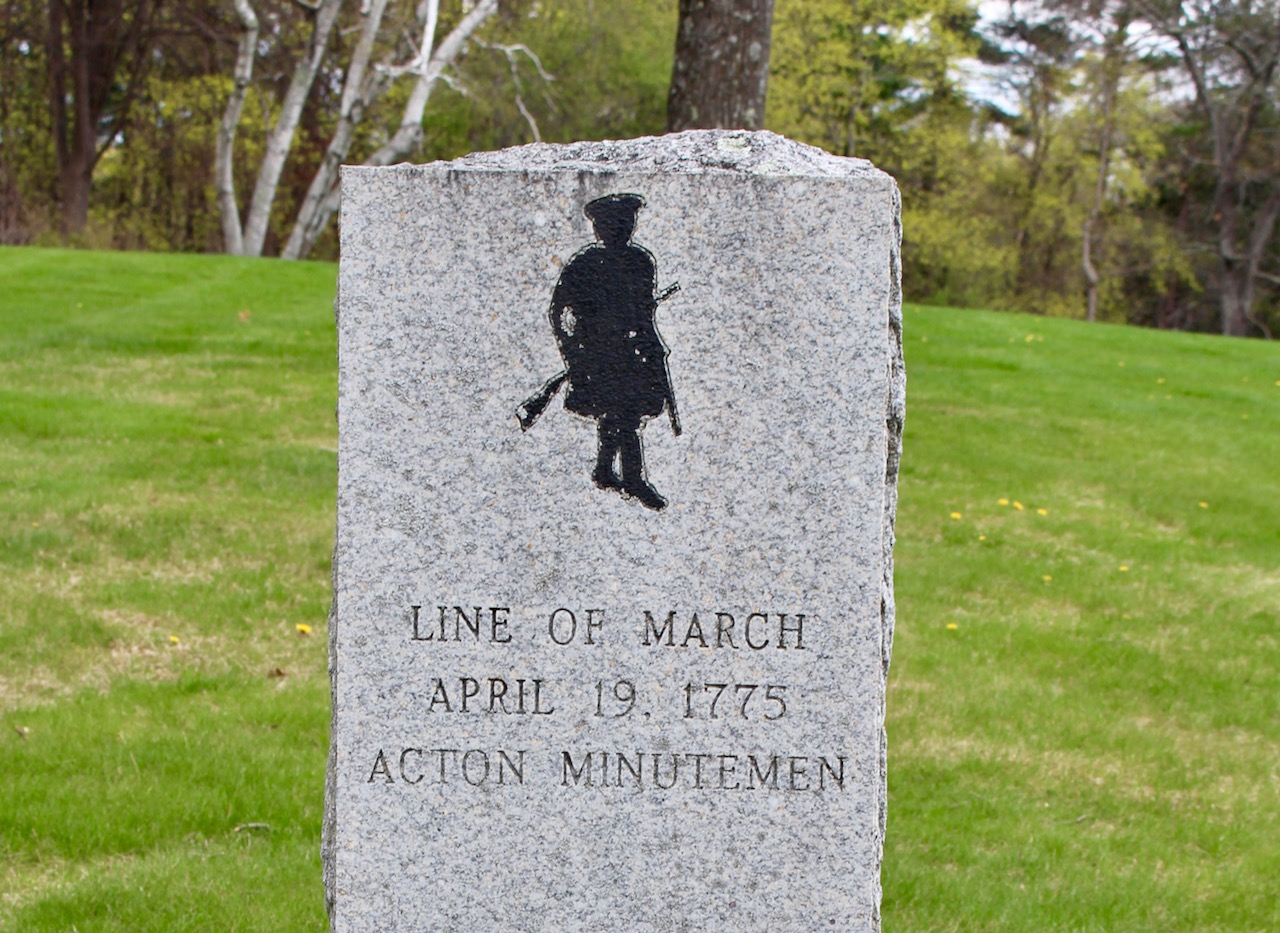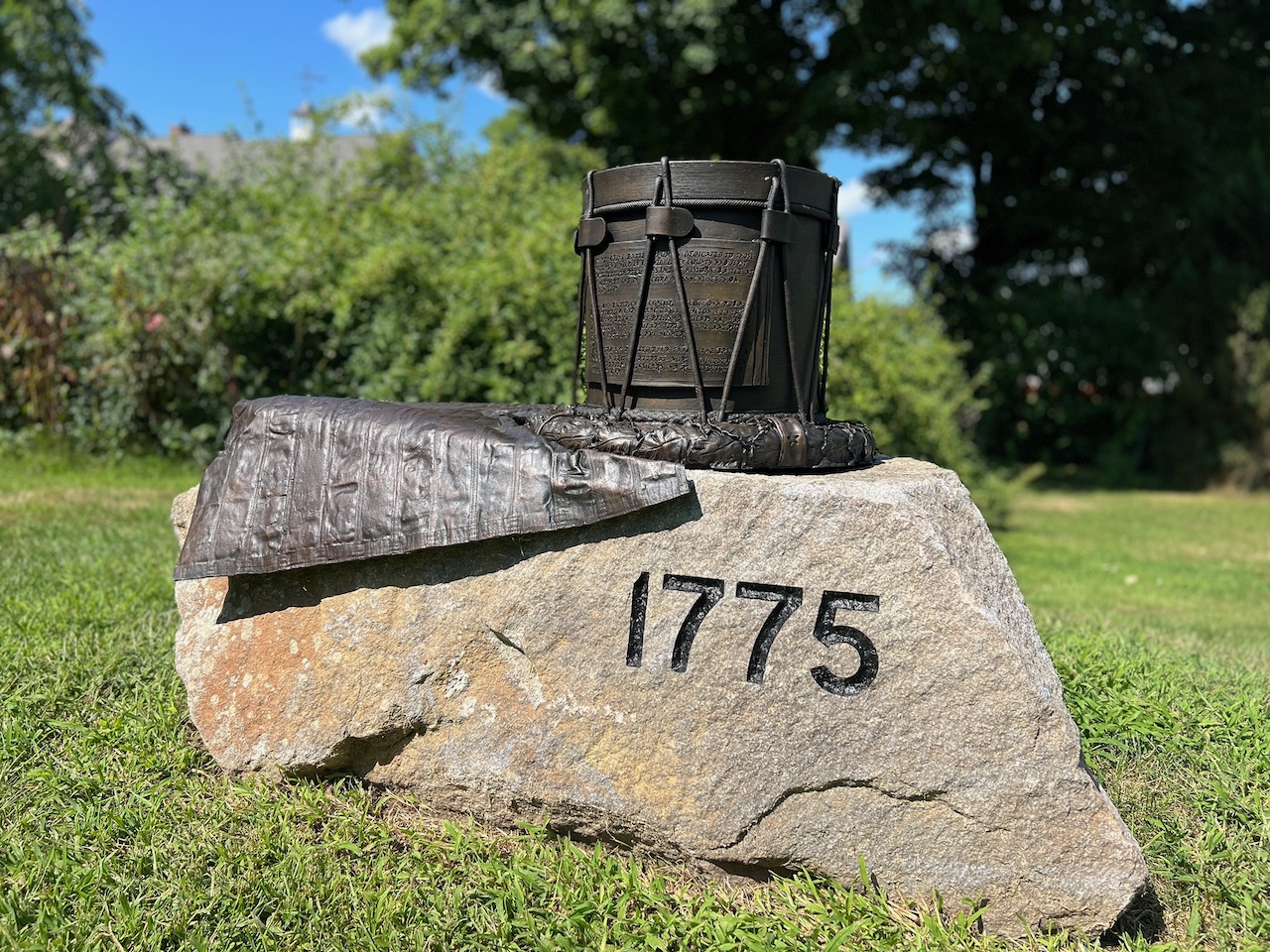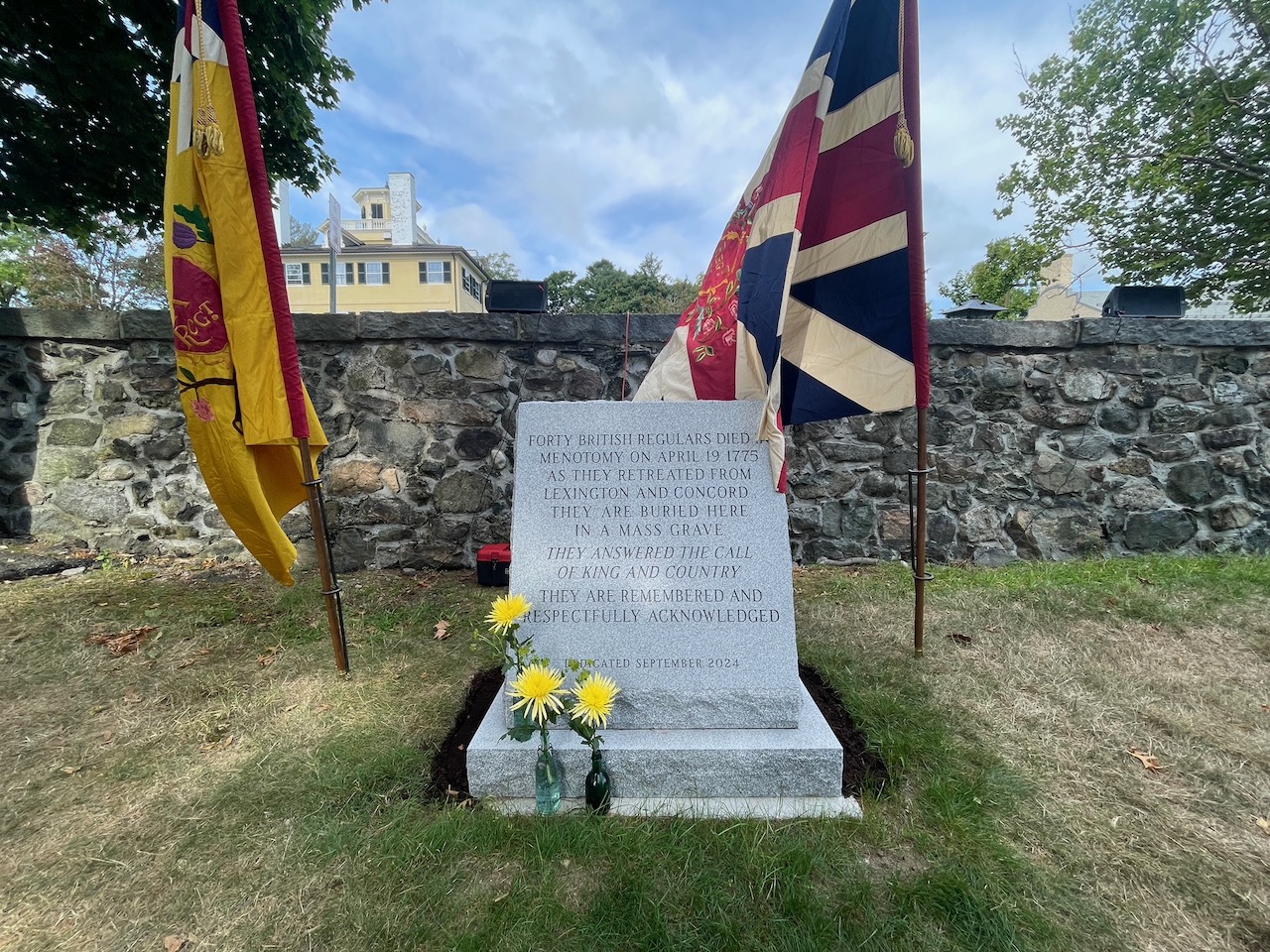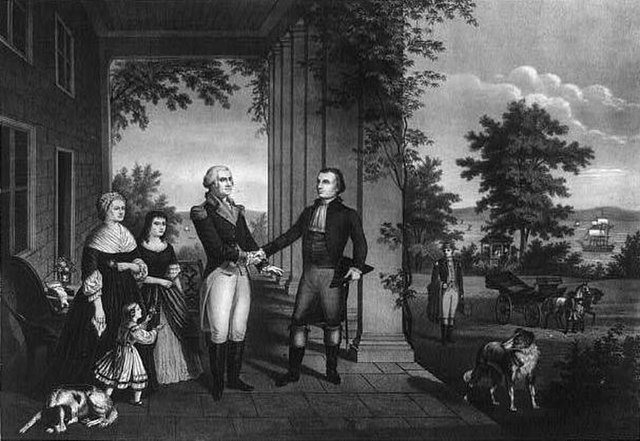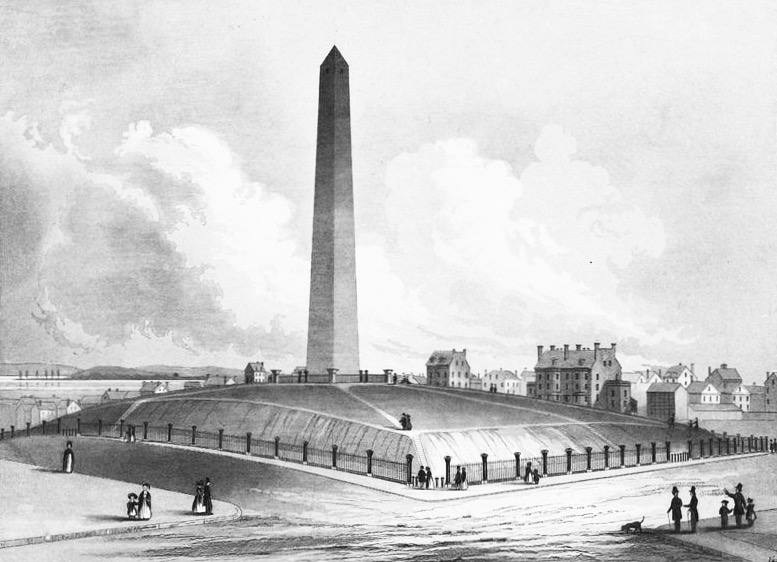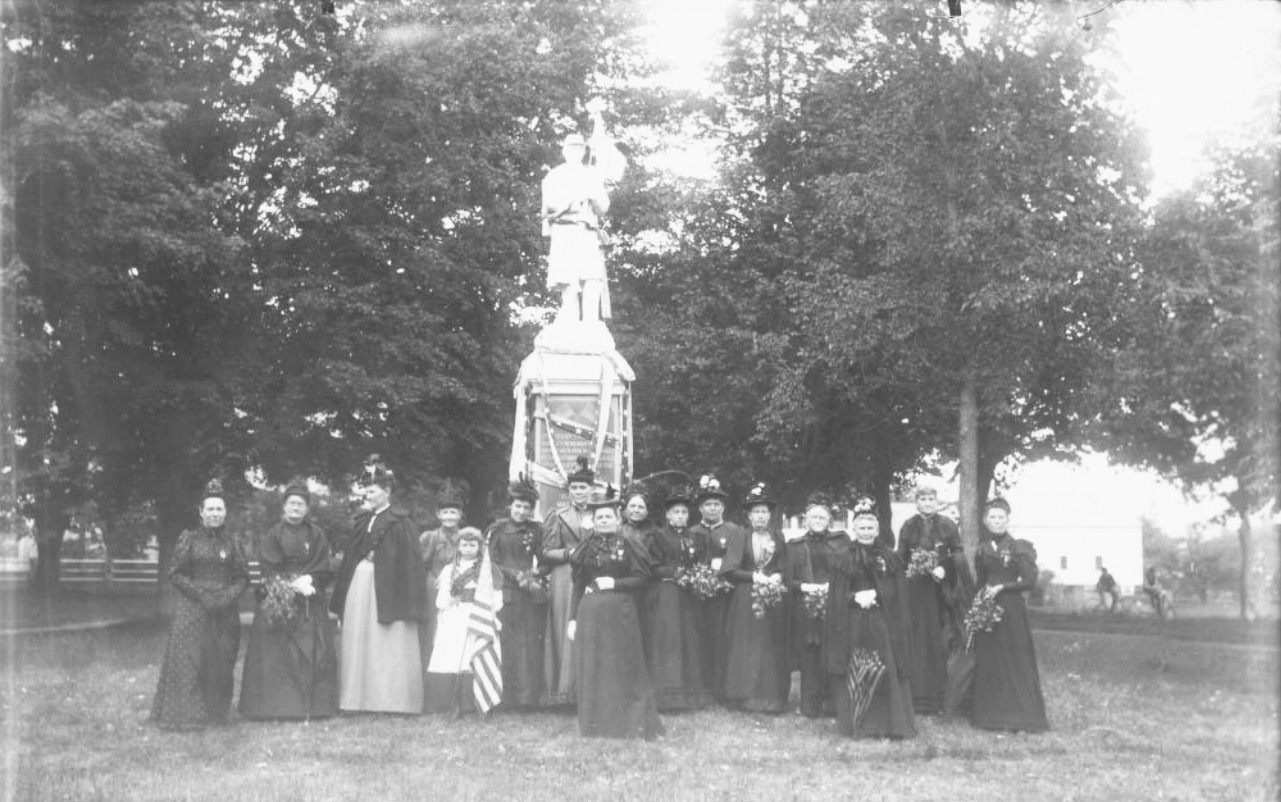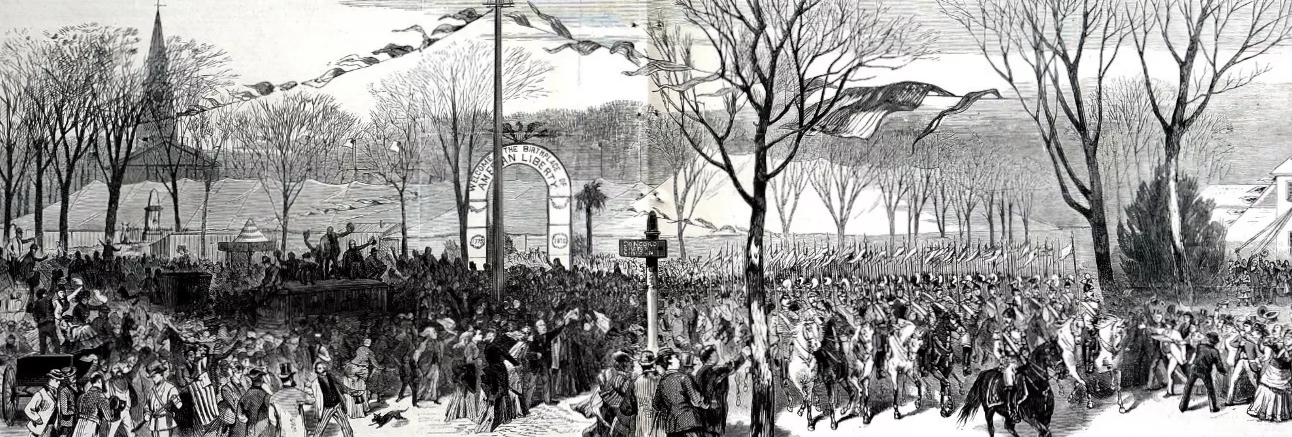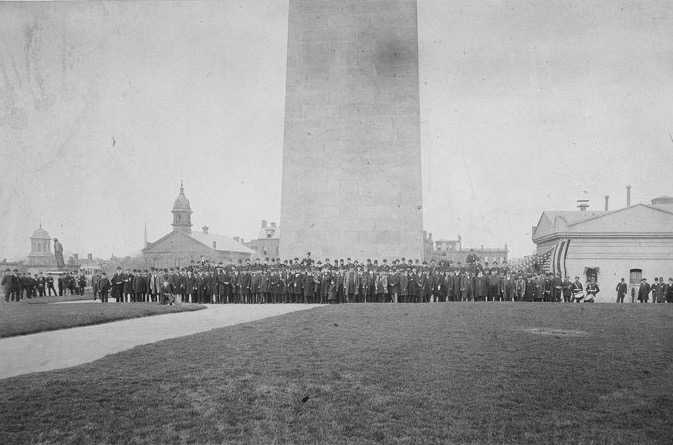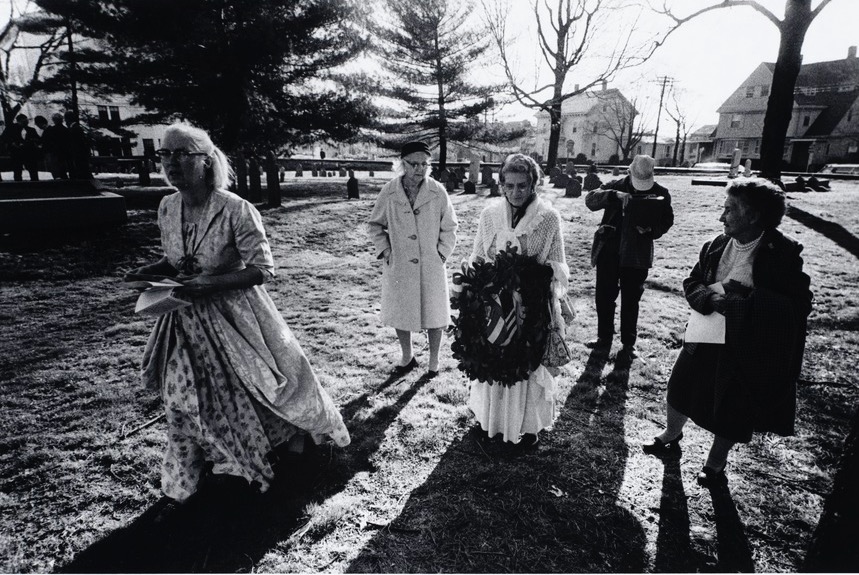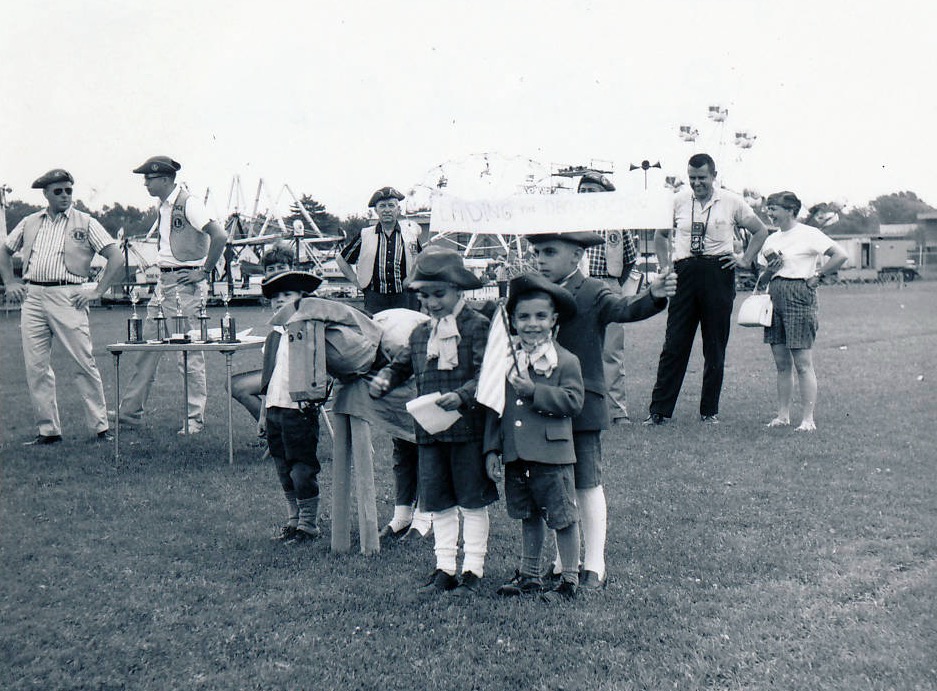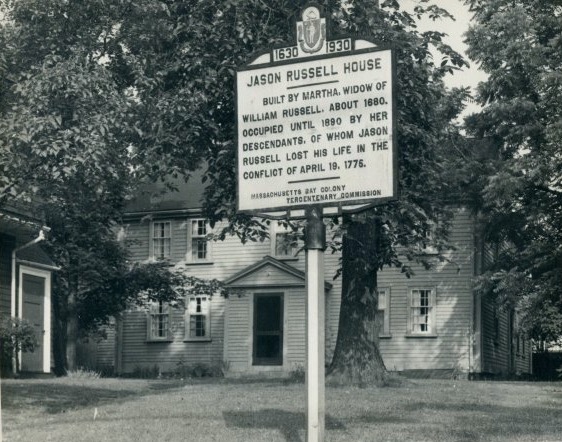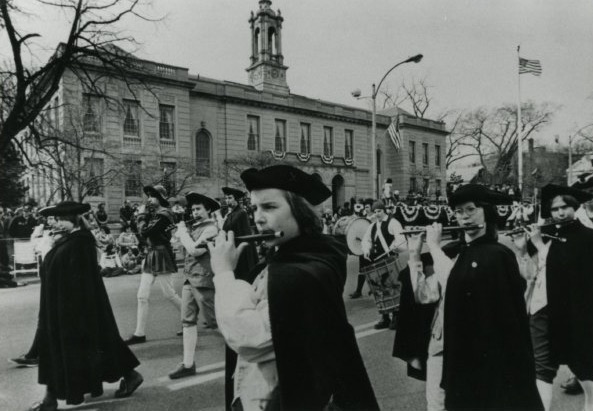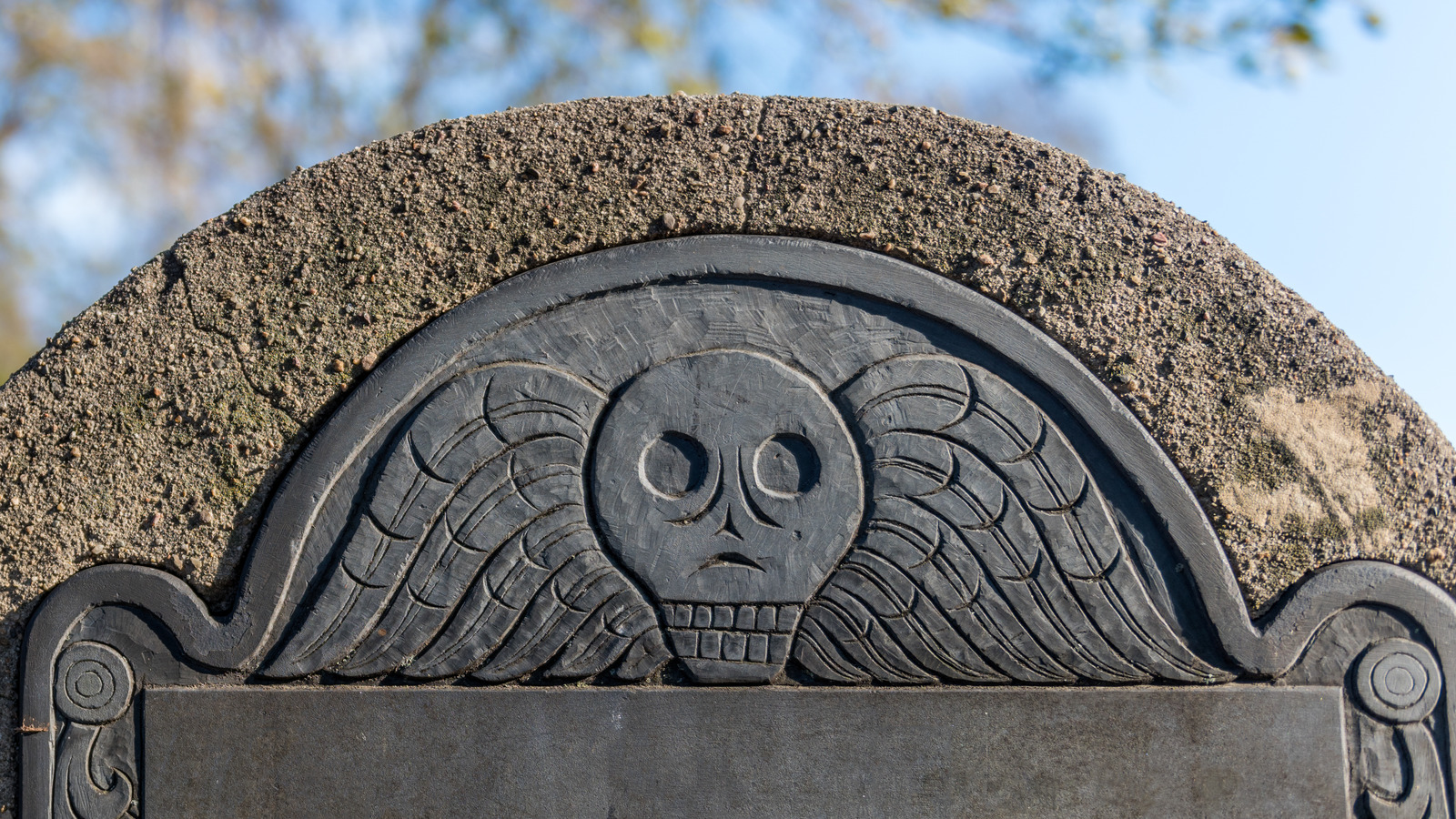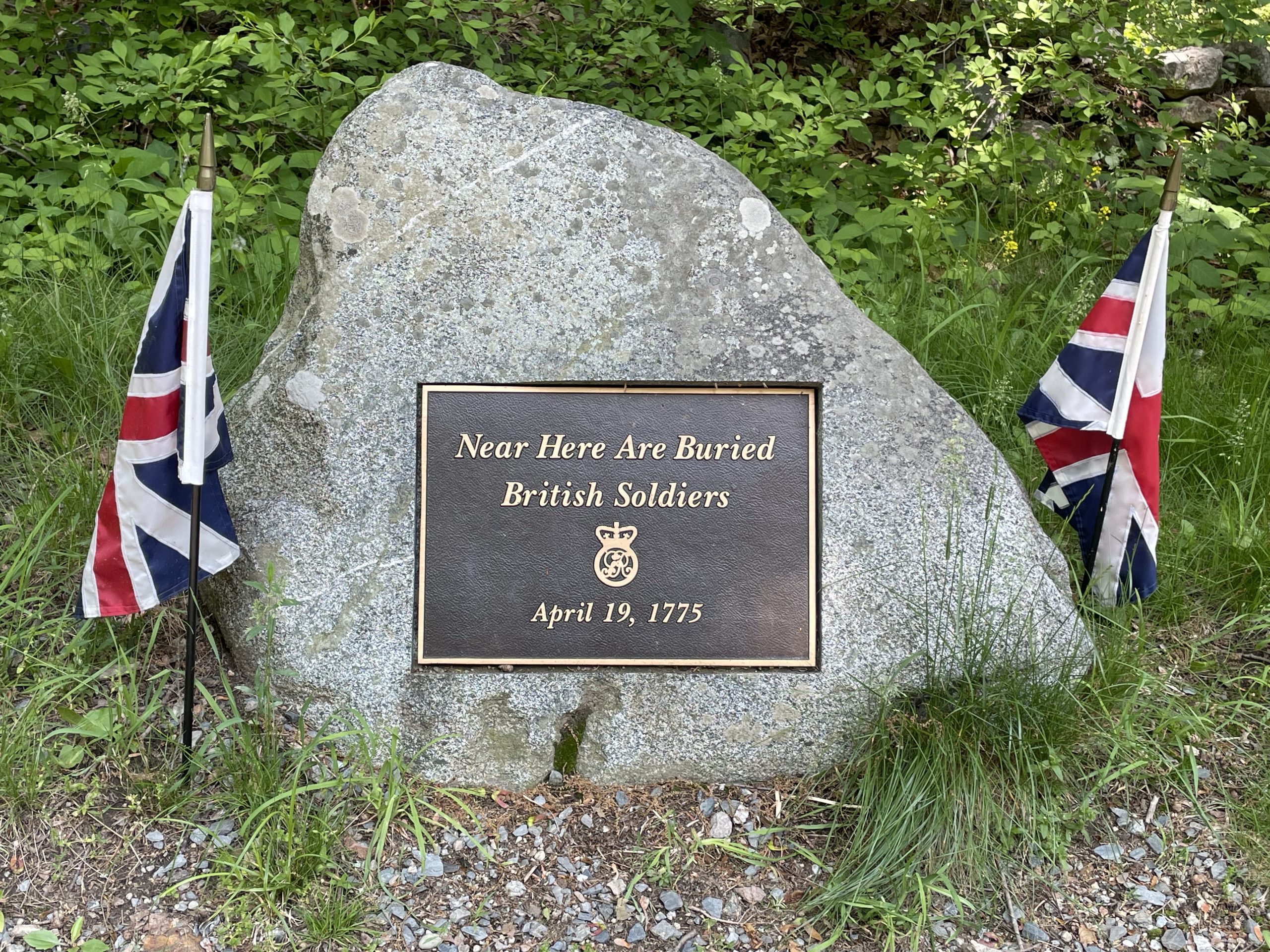Explore individual monuments, historical events, and itineraries.
Featured Monuments
Lexington Revolutionary War Monument
The first war monument in the United States pays homage to the memory of those ‘fellow citizens’ who were “the first Victims to the Sword of British Tyranny & Oppression, On the morning of the ever memorable Nineteenth of April. Dom. 1775.”
1836 Battle Monument
Inspired by the 50th anniversary of the War of Independence in the Greater Boston region, Ralph Waldo Emerson unveiled his famous poem, Concord Hymn, commissioned by the Battle Monument Committee, at the dedication on July 4, 1837.
Arlington Revolutionary War Monument
Funded with donations raised by subscription and erected, “over the common grave of Jason Russell, Jason Winship, Jabez Wyman and nine others… among the first to lay down their lives in the struggle for American Independence.”
Isaac Davis Monument
The 75-foot obelisk commemorates “the fame of glorious deeds of patriotism” of the first officer to fall at the Concord fight and fellow militiamen James Hayward and Abner Hosmer.
Grave of British Soldiers
Marks the final resting place of the first British soldiers killed on April 19, 1775, during the Battle of Concord, who “came three thousand miles, and died, to keep the past upon its throne.”
The Minute Man
A singular farmer relinquishing his plow to take up arms in defense of his land, The Minute Man serves as the iconic image of the ideals that fueled the American Revolution.
Prudence Wright Memorial Stone
The first memorial to a woman in the Heritage Area, and one of the earliest to a woman in the country, the Prudence Wright Memorial Stone commemorates the heroic actions of a woman’s militia that captured a Tory spy.
African Reservation Monument
Possibly the first monument in the country to acknowledge African Americans who served in any war by name, the African Reservation Monument is dedicated on the first Patriots’ Day.
The Nevens Stone
Described as the first monument on which can be read the names of all who responded from a singular community to the Alarm of April 19, 1775.
Paul Revere Capture Monument
Marking the site where Paul Revere was apprehended by the British on April 18, 1775, its location expands the narrative from battlefields and burying grounds to place the actions of the day into the larger landscape.
Revolutionary War Tablet at Bell Rock Memorial Park
“Bell Rock Memorial Park… shall be set apart as a perpetual memorial of the self-sacrifice and patriotism of the founders of the town of Malden and of the inhabitants thereof
Prince Estabrook Grave Marker
Installed 100 years after his death, following a petition of the Brigadier General James Reed Chapter of the Sons of the American Revolution to the U.S. Department of War, the marker denotes the previously unmarked final resting place of one of the first Black Patriots to fight in the American Revolution.
Isaac Davis Trail
A six-mile-long trail commemorating the route taken by Captain Isaac Davis and the Acton Minute Company on their march to Concord on April 19, 1775. Listed on the National Register of Historic Places it provides a framework to memorialize the events of the April 1775 through time and space.
Revolutionary War Memorial Drum
A bronze battle drum atop a flat surfaced boulder, the Revolutionary War Memorial Drum Monument recognizes the 280 men who represented Westford, MA during the Revolutionary War, through a contemporary lens.
Fallen Crown Soldiers Monument
A granite monument dedicated on September 7th marks the location where approximately 40 British soldiers who died on April 19th, 1775 in Menotomy were buried in a mass grave in the Old Burying Ground.
Featured Itineraries
BURYING GROUNDS
The cemeteries throughout Freedom’s Way National Heritage Area are the final resting place for hundreds of soldiers who served in the American Revolution.
COLONIAL TAVERNS & INNS
In colonial America, taverns were commonplace throughout Freedom’s Way National Heritage Area. But these early American taprooms were much more than just watering holes.
BRITISH SOLDIERS' GRAVE SITES
British Army regulations called for the dead to be buried onsite at the battlefields. Throughout the Heritage Area, there are examples of this phenomenon, from a mass grave in Arlington to single burial sites along the Battle Road.


